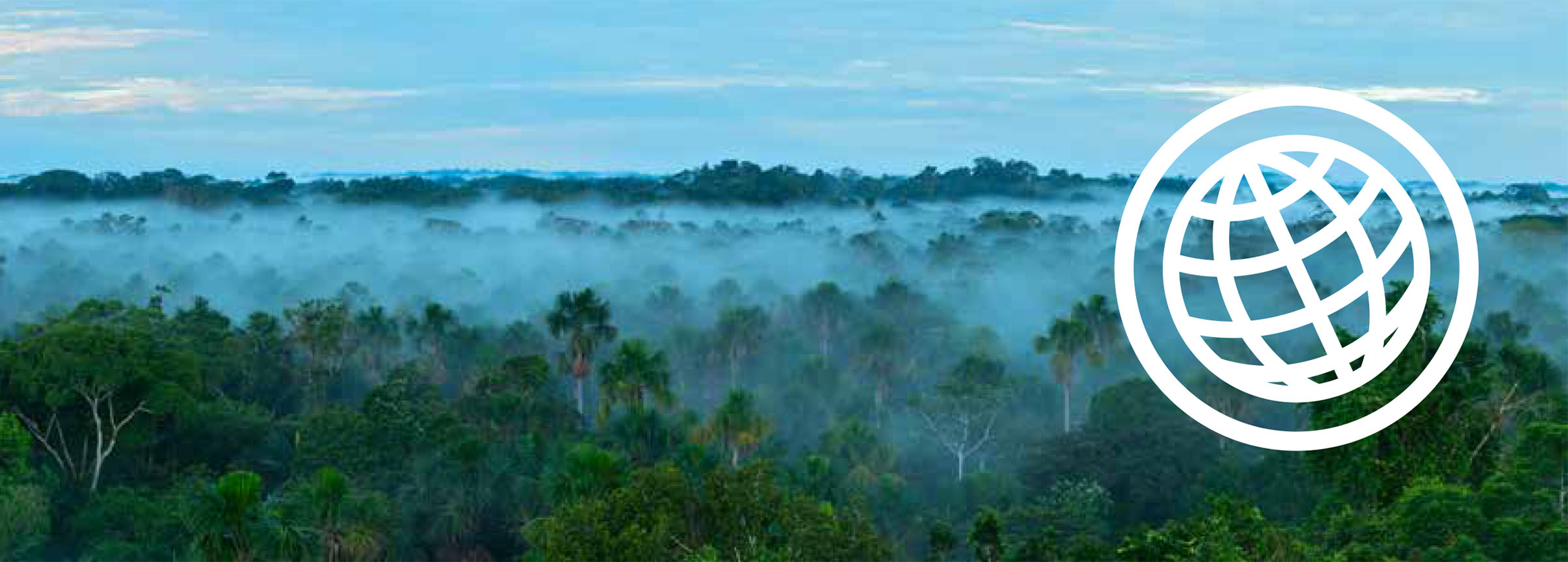
Winrock Scientists Improve Carbon Sequestration Data
Continuing a long tradition of breakthrough research, Winrock International scientists in 2018 published a landmark paper filling critical knowledge gaps about the potential to mitigate climate change through forest landscape restoration. Published in the scientific journal Carbon Balance and Management, the paper offers a globally comprehensive review of the potential carbon sequestration resulting from restoration. Winrock also developed an accompanying online calculator to simplify measurement of the climate mitigation potential resulting from this practice.
“Our paper goes beyond anything currently available—both in geographical extent and in restoration categories considered—bringing in agroforestry and mangroves, alongside planted forests and naturally regenerated forests,” said lead author Blanca Bernal of Winrock International. Bernal’s work advancing climate science also led the global leadership initiative Homeward Bound to select her for its exclusive, year-long international female leadership program for women with scientific backgrounds. The program enlists and nurtures female scientific leaders to combat climate change and gender inequality, culminating in a three-week expedition to Antarctica.
To produce this research Bernal and Winrock scientists, funded by the International Union for the Conservation of Nature (IUCN), used data from over 300 published papers to model tree growth for planted forests, natural regeneration, agroforestry and mangrove restoration around the world. These growth rates were converted into carbon dioxide removal rates, assigned to specific geographies and made publicly available in a database available on InfoFLr.org. Around the world, governments, the private sector and NGOs are harnessing the ability of trees to slow climate change by pulling carbon dioxide from the atmosphere. Yet forests remove carbon = dioxide at different rates, depending on climate, management practices, soil conditions and a host of other factors.
The effect of forest landscape restoration activities on the climate has been the subject of considerable research over the past few decades. However, knowledge gaps continue to persist, and a lack of access to data has complicated the efforts of practitioners, especially in developing countries, to reliably estimate the impact of these activities.
“We believe the paper has the potential for an immediate positive impact for practitioners and decision-makers seeking to understand climate mitigation potential or make restoration pledges,” said Timothy Pearson, Winrock’s director of ecosystem services and an author of the paper. “It will also help countries better evaluate impacts of Bonn Challenge Commitments and progress toward Sustainable Development Goals.”
In addition to carbon removal rates, the paper includes estimates of uncertainty, an important detail which helps scientists and practitioners better understand the variability of data used to produce the estimate.
To accompany this research, Winrock has made estimating the climate mitigation potential of forest landscape restoration (FLR) activities even easier with the creation of an online tool in which users need only to enter the location and total area of the restoration work to get an estimate of the carbon sequestration impact. The FLR Carbon Storage Calculator estimates the amount of carbon stored by the following FLR activities across the globe:

Scientific research and innovation in the service of battling climate change and creating a more sustainable world continue to be hallmarks of Winrock’s mission, and this work continues our decades-long leadership in this field.
